Alvery, D. M. & Tucker, S. A. (1994. Effect of cage floor mesh size and wire thickness on the foot condition of laying hens. In: Proceedings of the 9th European Poultry Conference, Glasglow, 280-281.
Appleby, M. C., S. F. Smith, and B. O. Hughes. 1993. Nesting, dustbathing and perching by laying hens in cages: effects of design on behaviour and welfare. British Poultry Science, 34: 835-847.
Appleby, M. C. 2004. What causes crowding? effects of space, facilities and group size on behaviour, with particular reference to furnished cages for hens. Animal Welfare, 13(3), 313-320.
Bell, D., 1995. A case study with laying hens. In Proceedings, Animal Behavior and the Design of Livestock and Poultry Systems International Conference (pp. 307-319). Northeast Regional Agricultural Engineering Service, Ithaca, NY.
Blount, W. P. (1968). Battery Cage Egg Production. In Intensive livestock farming (pp. 207-221). London: Heinemann Medical.
Bulmer, E., & Gil, D. 2008. Chronic stress in battery hens: Measuring corticosterone in laying hen eggs. International Journal of Poultry Science, 7(9), 880-883.
Cooper, J.J. & Albentosa, M. J. 2003. Behavioural needs in the domestic hen. Avian and Poultry Science Reviews 14, 127-149.
De Boer, IJM. and Cornelissen, A.M.G. 2002. A method using sustainability indicators to compare conventional and animal friendly egg production systems. Poultry Science 81:173-181.
Duncan, IJH. 2001. The pros and cons of cages. World’s Poultry Science Journal. 57:381-390.
Elson, A., & Tauson, R. 2011. Furnished cages for laying hens. Glasgow, UK.
Fraser, D. 2008. Understanding animal welfare: a science in its cultural context. Oxford, UK: Wiley-Blackwell.
Huber-Eicher, B. & Sebo, F. 2001. Reducing feather pecking when raising hen chicks in aviary systems. Applied Animal Behaviour Science 73, 59-68.
Keeling, L. J. 1994. Inter-bird distances and behavioural priorities in laying hens: the effect of spatial restriction. Applied Animal Behaviour Science 39, 131-140.
McAdie, T. M. & Keeling, L. J. 2002. The social transmission of feather pecking in laying hens: effects of environment and age. Applied Animal Behaviour Science 75, 147-159.
Moinard, C., Movisse, J. P. & Faure, J. M. 1998. Effect of cage area, cage hieght and perches on feather condition, bone breakage and mortality of laying hens. British Poultry Science 39, 198-202.
Nicol, C. J. 1987. Effect of cage height and area on the behaviour of hens housed in battery cages. British Poultry Science 28, 327-335.
Pohle, K., & Cheng, H. W. 2009. Furnished cage system and hen well-being: Comparative effects of furnished cages and battery cages on behavioral exhibitions in white leghorn chickens. Poultry Science, 88(8), 1559-1564.
Savage, T., & Darre, M. J. P. 2008. Internal parasites. (Fact Sheet). New Hampshire: University of New Hampshire.
Savory, CJ. 2004. Laying hen welfare standards: a classic case of ‘power to the people’. Animal Welfare. 13:S153-158.
Stevenson, P. 2004. European Union law and the welfare of farm animals (in International Animal Welfare Law Conference 2004, edited by Favre, D. and Hancock K.)
Street, B. R. M. S., P.Ag. (2012). The future of confinement housing for egg-laying hens. BC SPCA Farm Animal Welfare News: BC SPCA.
Tauson, R. (1998). Furnished cages and aviaries: Production and health. Poultry Science, 77(12).
Taylor, A. A. and Hurnik, J. F. 1994. The effect of long-term housing in an aviary and battery cages on the physical condition of laying hens: body weight, feather condition, claw length, foot lesions, and tibia strength. Poultry Science 73, 263-273.
Taylor, A.A. and Hurnik, J.F. 1996. The long term productivity of hens housed in battery cages and an aviary. Poultry Science. 75:47- 51.
Thaxton, J.P. 2004. Stress and the welfare of laying hens. In: Poultry Science Symposium Series 27.
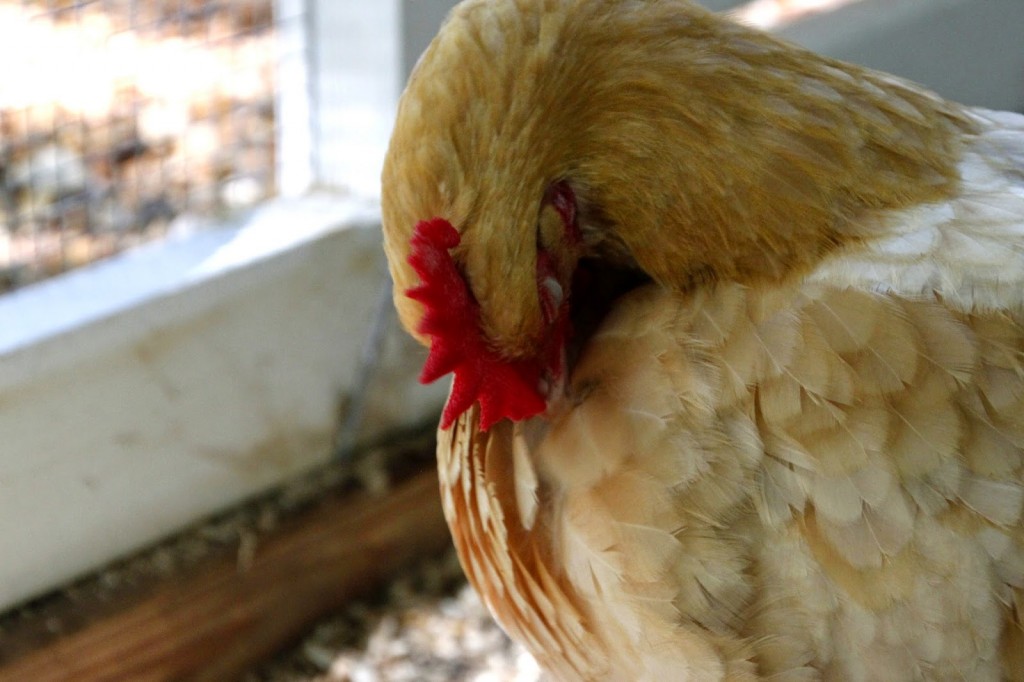
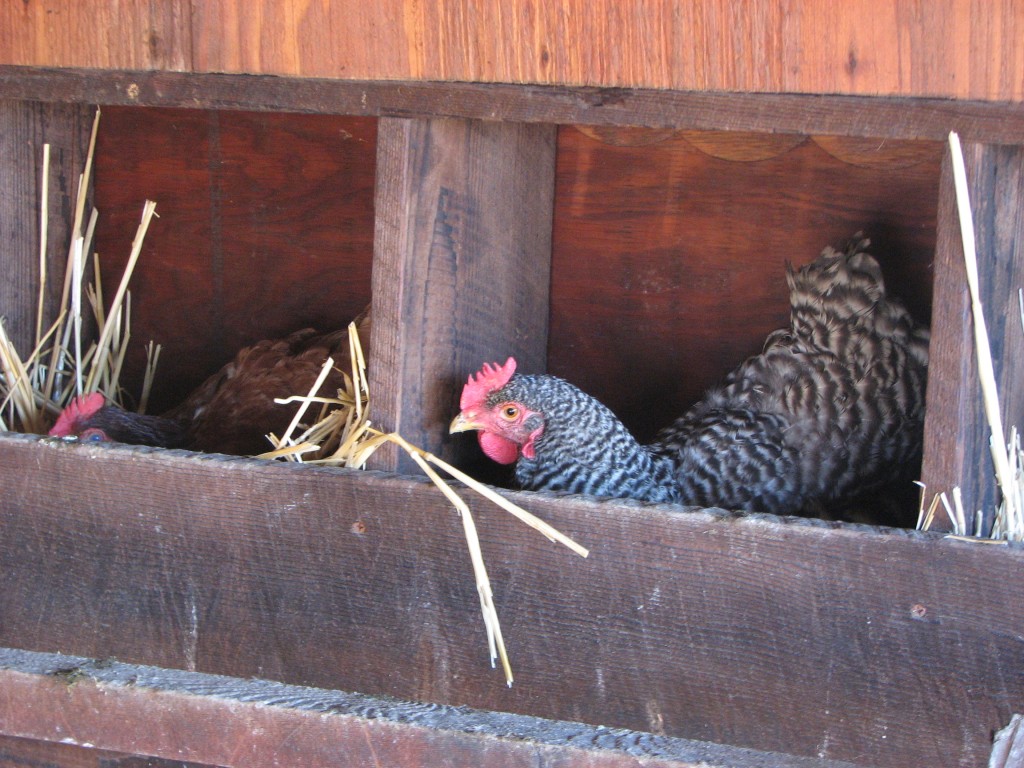
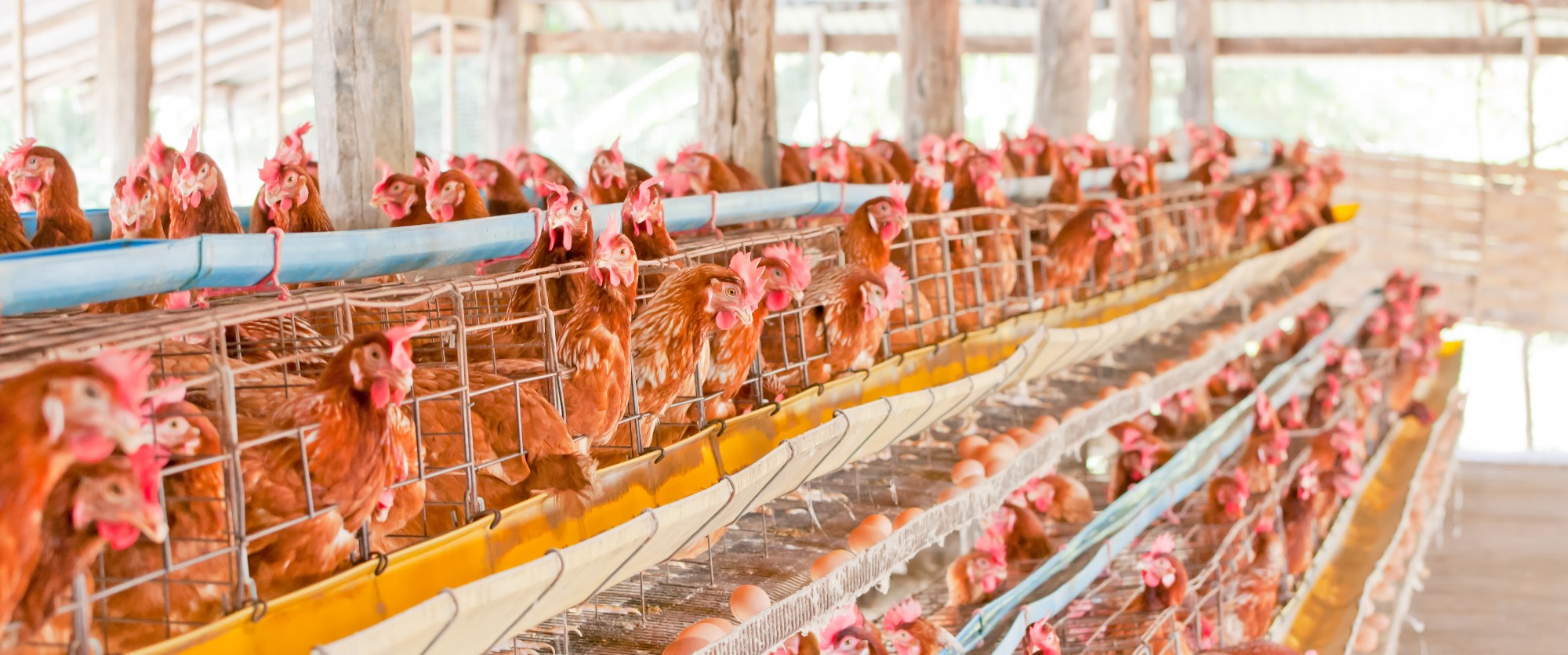
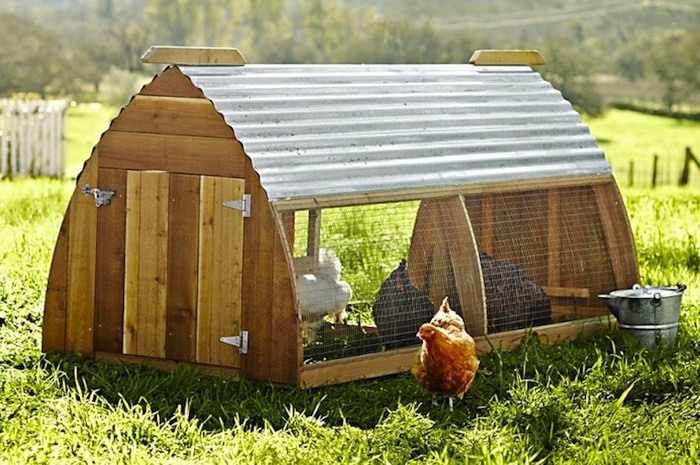 Source: Home Ecology
Source: Home Ecology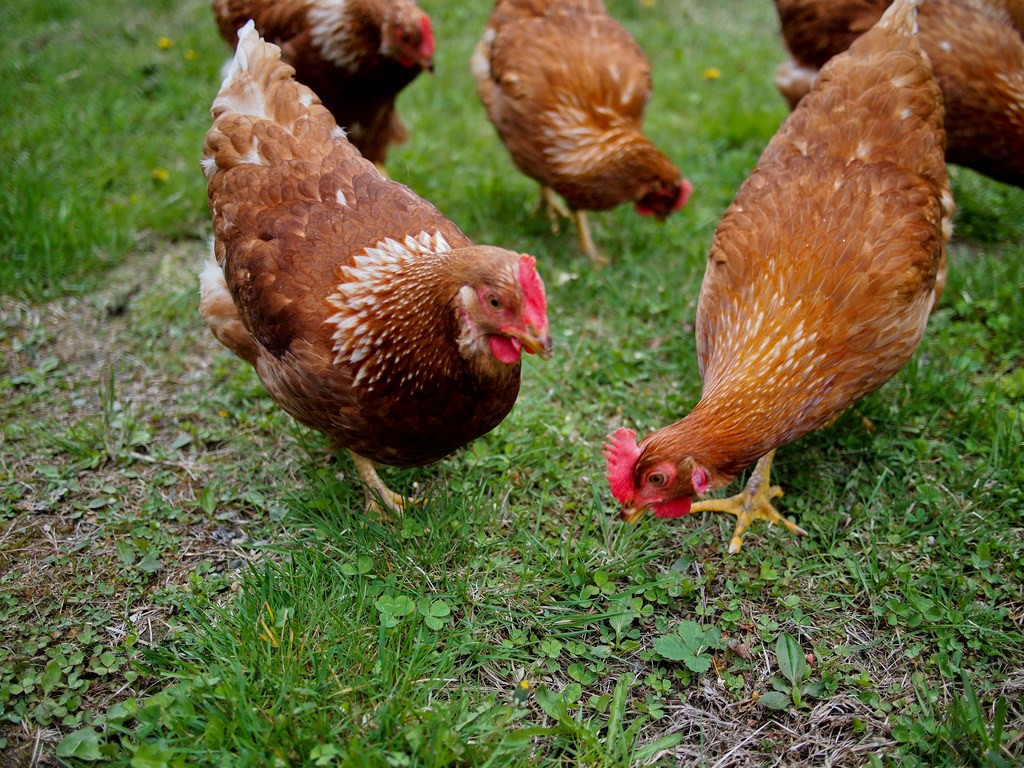 Chandler, A. (Photographer). (2012, May 9). My backyard chickens [digital photo]. Retrieved from https://flic.kr/p/bVgiGf
Chandler, A. (Photographer). (2012, May 9). My backyard chickens [digital photo]. Retrieved from https://flic.kr/p/bVgiGf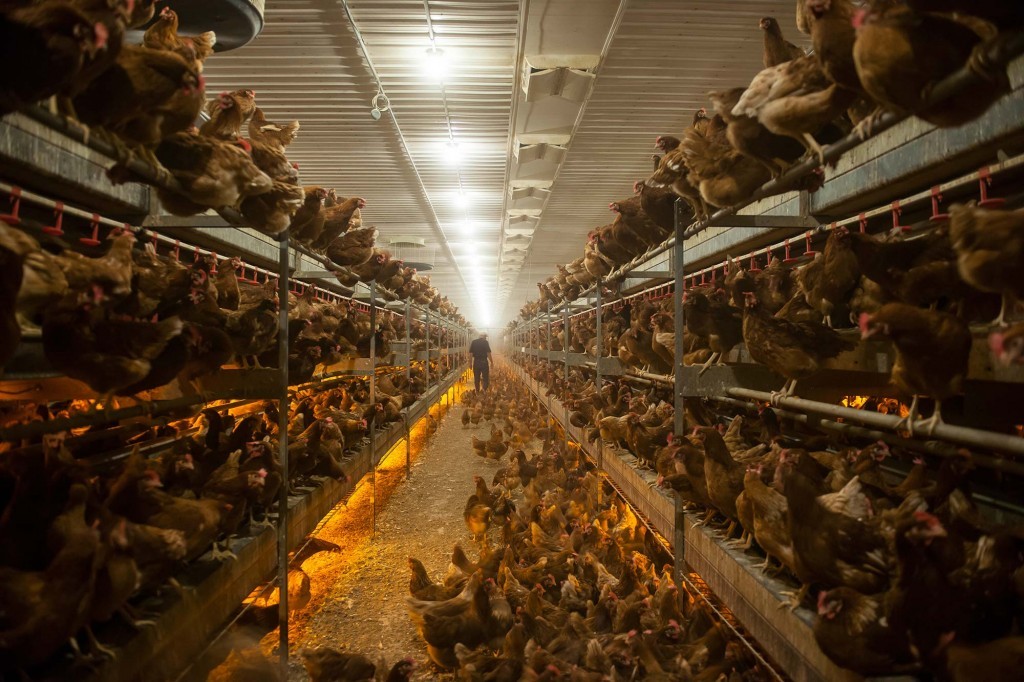 Source: Egg Farmers of Alberta
Source: Egg Farmers of Alberta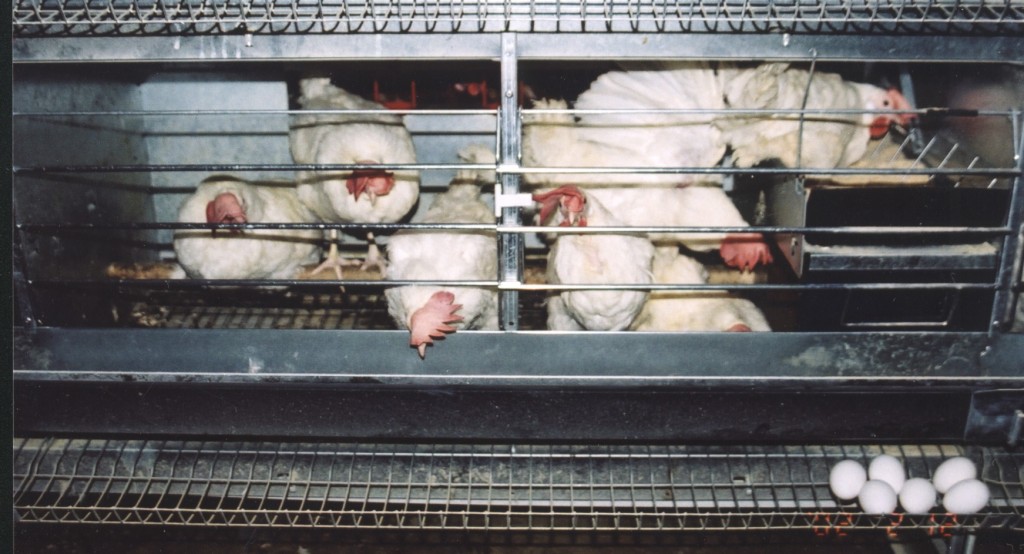 Source: United Poultry Concerns
Source: United Poultry Concerns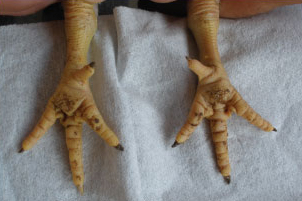
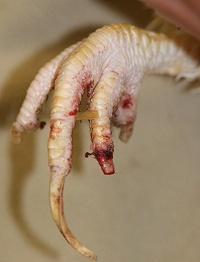
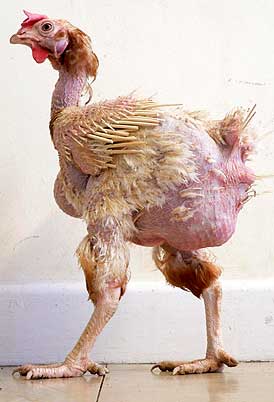
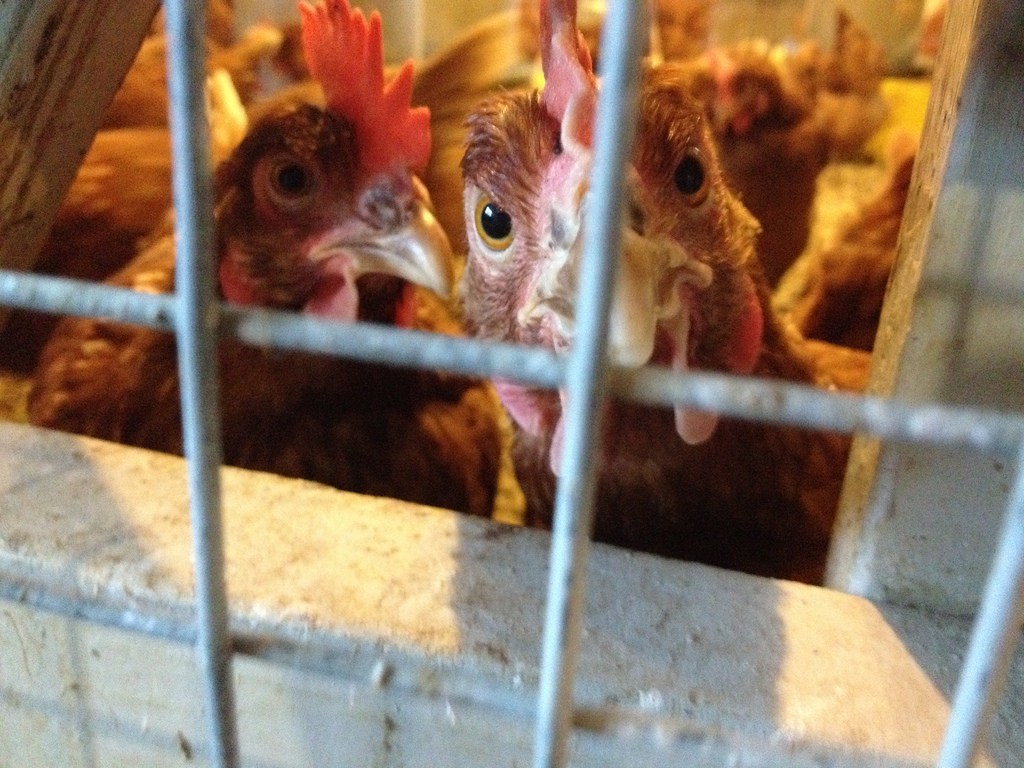 Source: Sonin, J. (Photographer). (2012, January 29). Eye to eye [digital image]. Retrieved from: https://flic.kr/p/bkGdLM
Source: Sonin, J. (Photographer). (2012, January 29). Eye to eye [digital image]. Retrieved from: https://flic.kr/p/bkGdLM